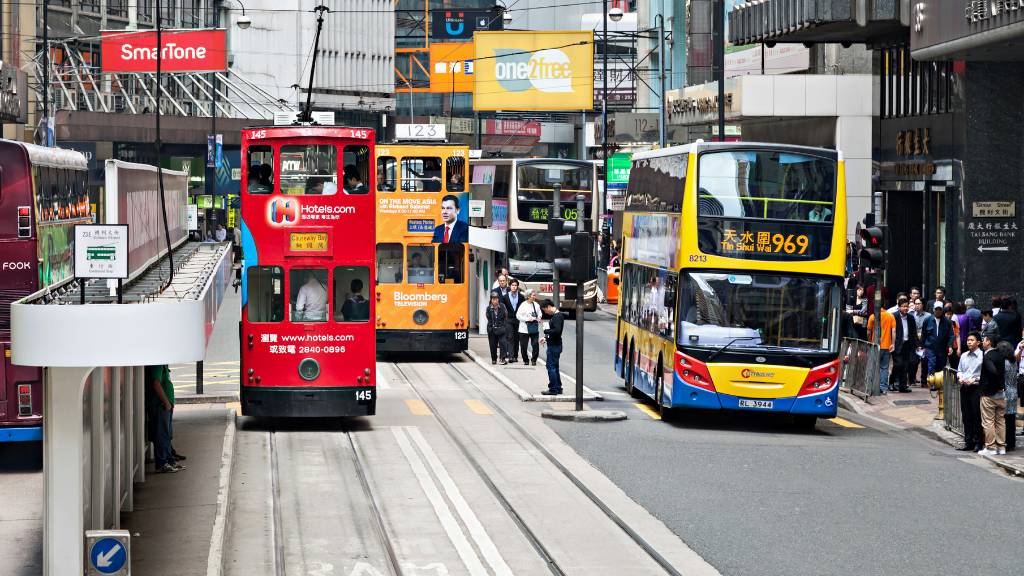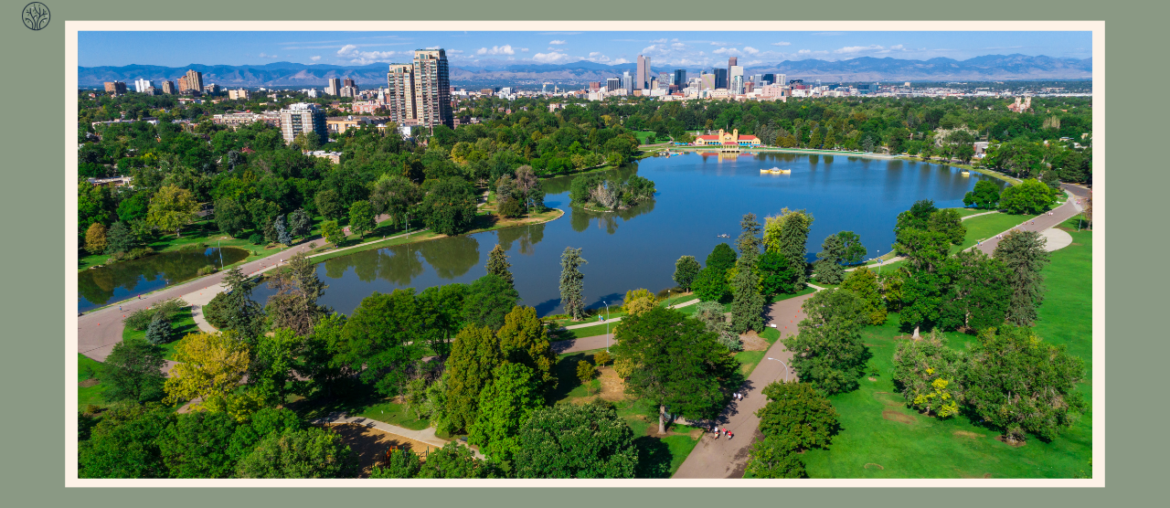Cities offer us a convenient and comfortable lifestyle, but they also come at a high environmental cost. Pollution, energy consumption, and waste generation are some of the major challenges that urban areas face. As more and more people move to cities, we need to find ways to improve the current situation. So, how to make your city more sustainable?
In this article, we will explore some of the best practices and innovative solutions for creating green cities, hereby accomplishing the goal of World Habitat Day 2023.
What Makes A City Sustainable?
A sustainable city is one that balances the needs of people and the planet. It is a city that uses smart urban planning and management to reduce its environmental impact, enhance social well-being, and foster economic growth. Much like sustainable tourism, sustainable cities are all about reducing our carbon footprint by:
- Improving public transportation to reduce congestion and carbon emissions.
- Promoting renewable energy by encouraging the use of electric vehicles or alternative energy sources.
- Reducing food waste
- Creating public green spaces to improve the air quality of urban areas.
By integrating these and other sustainable initiatives into its design, a sustainable city can create a net zero footprint, meaning that it does not consume more resources than it produces.
Creating sustainable cities is not only a vision for a greener future but also a reality for a better present.
How To Create A Sustainable City?
Improve Public Transportation

Public transportation is vital to a sustainable and efficient city, as it reduces the need for personal vehicles. This is not only a more efficient way to commute, but also more environmentally friendly.
Among the different modes of public transportation, metro systems are the most efficient way to move around in big cities. They do not interfere with the road traffic, so they do not create congestion like buses. Most metro systems are either underground or elevated above the road.
This is not to say that buses are not sustainable, but rather that metro systems are a superior form of public transportation.
In the past, metro systems were most commonly found in the West, in big cities like London, New York City, San Francisco, etc. But nowadays, many Eastern countries have also implemented this means of transportation and have gradually decreased the carbon footprint in cities like Tokyo, Singapore, Hong Kong, etc.
Promote Renewable Energy

Fossil fuels are the main source of energy for most cities, but they also cause air pollution, climate change, and health problems. To reduce fossil fuel use, people have tried various alternatives, such as electric vehicles and renewable energies.
One of the popular alternatives is electric vehicles, especially electric cars. They are lighter than traditional vehicles, as they do not have a heavy and complex engine. This means they also use less energy.
However, electric vehicles have a limitation: they cannot travel as far as traditional vehicles on one charge. And since there are not many charging stations, it would be difficult to go long distances in them.
Another alternative is renewable energy sources, such as solar, wind, and biomass, instead of thermal and nuclear power. However, these are not without drawbacks, as solar and wind power need a lot of devices, such as large wind turbines and solar panels. Making these devices can also create pollution.
Reduce Food Waste
Urban areas consume up to 70% of the global food supply, but a lot of it ends up in the trash. The reasons for food waste differ from one region to another, but some common factors are poor food planning, inadequate packaging, improper storage, and cultural practices.
Food waste that is not recycled or reused is harmful to the environment. Most of it goes to the landfills, where it rots and produces methane, a greenhouse gas that is worse for the planet than CO2. This is not only a waste of food, but also a waste of energy, money, and natural resources such as land and water that are used to produce and process the food. Cities can reduce food waste by recovering safe and nutritious food and giving it to charities and food banks, composting, or using discarded food to generate energy. By reducing food waste, cities and individuals can start achieving the zero-waste goal.
Create More Green Spaces
Open and green spaces have a significant impact on a city’s sustainability. Since they can improve the air quality, reduce pollution, and enhance the livability of urban areas.
One example of a sustainable city with a lot of green spaces is Canberra, the Australian capital. It was ranked as the most sustainable city by Uswitch, based on several factors, such as green energy, CO2 emissions, air quality, and percentage of green space. Although Canberra has a much smaller population than cities like New York or Los Angeles, its low pollution level is remarkable, considering that it does not have a comprehensive public transportation system. Canberra’s green spaces are well-connected throughout the city, creating a natural and healthy environment.
Another example of a green and sustainable city is Singapore, the island nation in Asia. Despite having the third-highest population density in the world, Singapore has around 50% green cover, with rooftop gardens, green walls, and other features. Singapore also uses natural gas, not coal, to generate most of its electricity. Moreover, Singapore has a public transportation system and other eco-friendly systems that make it one of the most sustainable cities in Asia.
These examples show that cities should have more parks, green rooftops, and open spaces to become more sustainable. Some cities can also have mini urban forests, depending on their geological factors.
Conclusion
As urbanization is happening at a faster and faster rate, big cities will become more and more common around the world. Therefore, to protect our planet, we must start making cities more sustainable.
If we can do so, and drive urban innovation in thoughtful, ground-breaking ways, we can ensure that we will enjoy this peaceful planet for generations to come.









